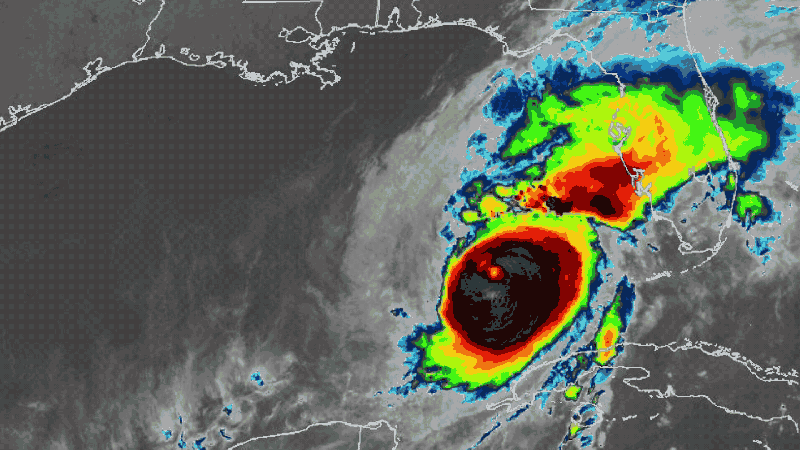
Extreme Climate Survey
Scientific news is collecting questions from readers about how to navigate our planet’s changing climate.
What do you want to know about extreme heat and how it can lead to extreme weather events?
The rapid intensification of both storms was fueled by unusually warm Gulf water. Developing tropical storms can absorb heat from warm seawater, pulling moist air upward where it condenses, releasing that heat into the storm’s core. As the storm moves forward, it pumps more and more water and heat into the air, and spiral winds will move faster and faster. Milton’s particularly explosive growth rate may also be related to its relatively compact size compared to Helene (SN: 27.9.24).
Two separate reports published this week reveal that those warm Gulf waters were made hundreds of times more likely by human-caused climate change.
An analysis by the international initiative World Weather Attribution, or WWA, released on October 9, analyzed the role of climate change in contributing to the intensification of Hurricane Helene and its torrential rainfall, including its movement inland of the Southern Appalachian Mountains.
Gulf of Mexico sea surface temperatures in the storm’s path averaged about 1.26 degrees Celsius (2.3 degrees Fahrenheit) warmer than they would have been in a world without climate change, WWA researchers found. Or, to put it another way, abnormally high temperatures along Helena’s path from development to landfall were 200 to 500 times more likely due to climate change.
Helene dumped up to 50 to 75 centimeters of rain in parts of Appalachia (20 to 30 inches), leading to flooding and hundreds of deaths across the southeastern US. This rainfall, the researchers determined, was about 10 percent heavier than it would have been without human-induced climate change.
Climate Central, based in Princeton, NJ, contributed to WWA’s sea surface temperature analysis for Helena. And, in a separate alert issued on October 7, Climate Central reported that high sea surface temperatures in the southwestern Gulf of Mexico were also behind the “explosive” increase in intensity of Hurricane Milton. The analysis found that sea surface temperatures in the Gulf were 400 to 800 times more likely over the past two weeks due to human-caused climate change.
That may be an understatement, the group notes. Normally, Climate Central uses daily sea surface temperatures collected by the US National Centers for Environmental Information. However, the impact of Hurricane Helene temporarily knocked out the NCEI data warehouse, based in Asheville, NC
So, to do the Milton analysis, Climate Central used sea surface temperature data obtained from the European Union’s Copernicus Maritime Service. And these data tend to be slightly cooler, on average, than the NCEI data, says Orlando-based climate scientist Daniel Gilford of Climate Central.
“One of the important messages [from both reports] is that climate change is here, happening, right now,” says Gilford. “It affected both of these storms. We know it is to blame for these events reaching the extent they did. And this is something dramatic. We have to sit up and take notice.”
#Climate #change #fueled #fury #Hurricanes #Helene #Milton
Image Source : www.sciencenews.org